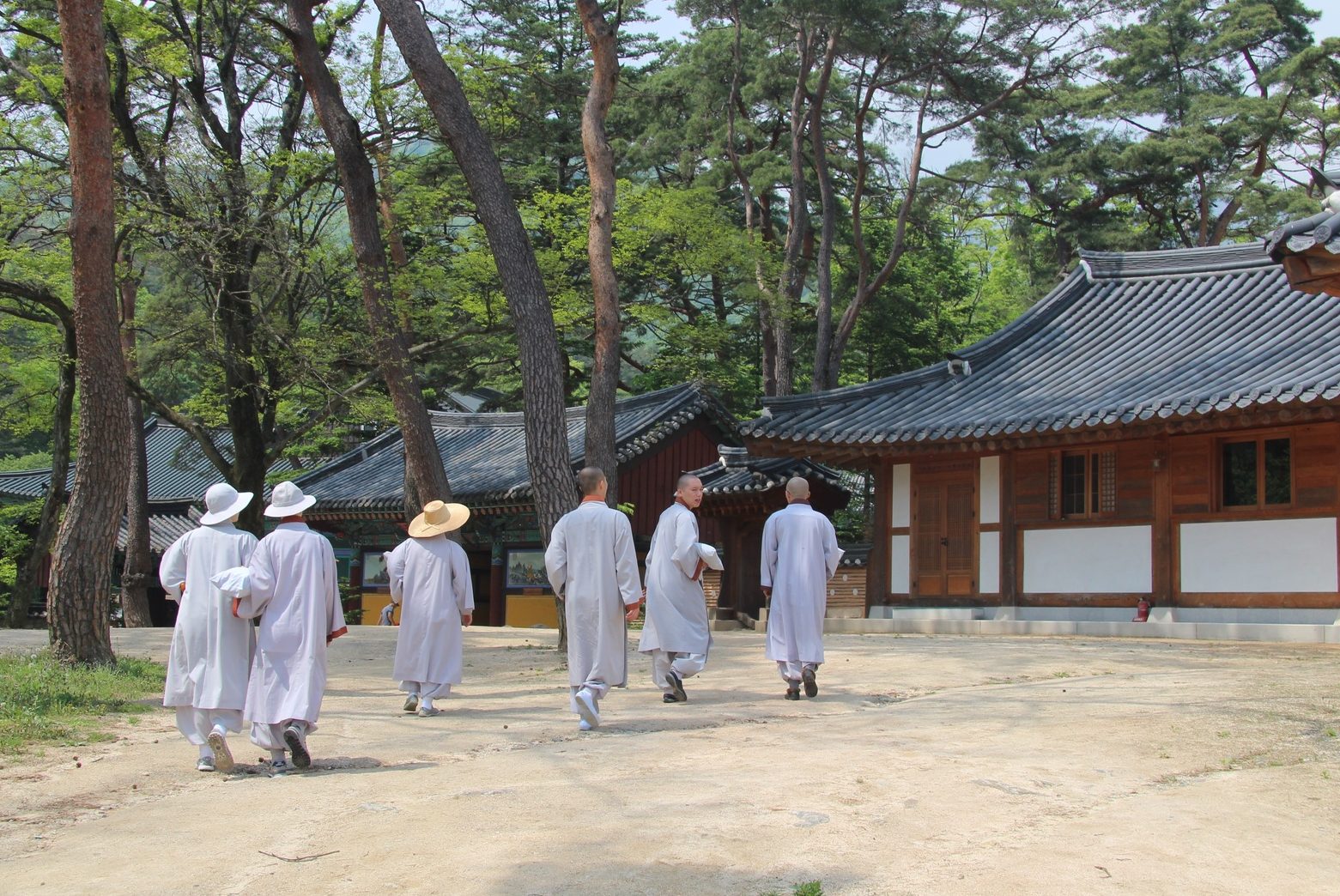Skift Take
The continuing return to travel normalcy is generating all kinds of new ideas for ways to satisfy clients. One popular activity in South Korea, temple stays, is proving to be an organic solution to sustainable, post-pandemic tourism.
As travelers worldwide have placed a greater emphasis on their mental health during the pandemic, destinations appealing to those prospective visitors are poised for a major tourist surge.
South Korea’s temple stay program, in which both its citizens and foreign visitors can experience monastic life across 25 temples, is one of the country’s most heavily marketed and popular tourism products. Temple stays, which typically last two days but can run longer, are continuing to grow in popularity, with the country’s most popular temples being booked up to 2024. And temples will likely see more foreign visitors in the near future as the country lifted its mandatory quarantine for fully vaccinated inbound travelers this April.
The program, launched by the Jogye Order of Korean Buddhism in 2002 as a way to engage tourists visiting for that year’s soccer World Cup, has been a boon for South Korea’s tourism industry. The program, which has grown from 33 participating temples to 141 at the end of 2020, welcomed close to 295,000 participants in 2019 — 16 percent of whom were foreign. And while it’s uncertain how much temple stays were worth in South Korea immediately prior to the pandemic, the program had a $40.4 million (48 billion won) impact on the country’s economy in 2014, the most recent year from which statistics are available.
The Korean government awards grants to participating temples to help them attract visitors. But even before being marketed as a tourist activity, temple stays were commonly viewed in South Korea as an opportunity for healing and prayer away from crowded cities. While Seoul is home to dozens of Buddhist temples, the majority of the more than 900 in South Korea have historically been located in its remote regions.
The program has evolved through the years to accommodate individuals regardless of religion, though. Temples have enabled visitors to create their own experiences, such as partaking in activities such as tea ceremonies or meditation. Program participants have also created locus lanterns and lit them as a form of Buddhist art.
But perhaps even more appealing to prospective participants is the opportunity to eat temple food known as sachal eumsik, an experience the Korean Tourism Organization has heavily marketed. The exclusively-plant based sachal has grown in popularity in recent years after being prominently featured in a 2017 episode of Netflix series Chef’s Table. And with vegan tourism surging since the start of the pandemic, South Korea’s temple stay program could be poised for an even bigger boom in the future.
Ask Skift Is the AI Chatbot for the Travel Industry
Go deeper into the business of travel with Skift’s new AI chatbot.
Have a confidential tip for Skift? Get in touch
Tags: asia, korea, south korea, tourism, wellness
Photo credit: Temple stays in South Korea has attracted large numbers of local and foreign guests. Pxhere
